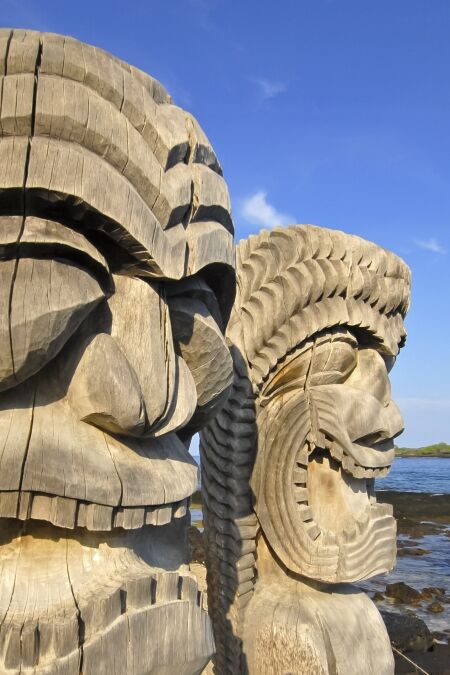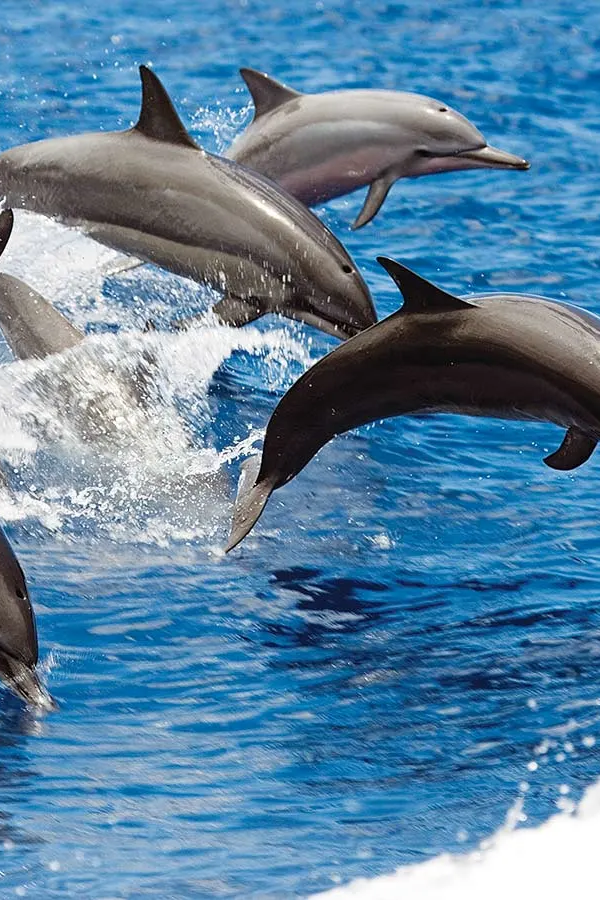Hawaiian culture is a rich blend of history, spirituality, and community life, where traditions are crucial pillars that define the identity of the islands. At the heart of these traditions lies the kapu system, a set of ancient laws that dictated all aspects of Hawaiian social order and religious life. This guide delves into the intricate world of kapu, explaining its fundamental principles and the pivotal role it plays in understanding the cultural dynamics of Hawaii.
Historical Context of Kapu
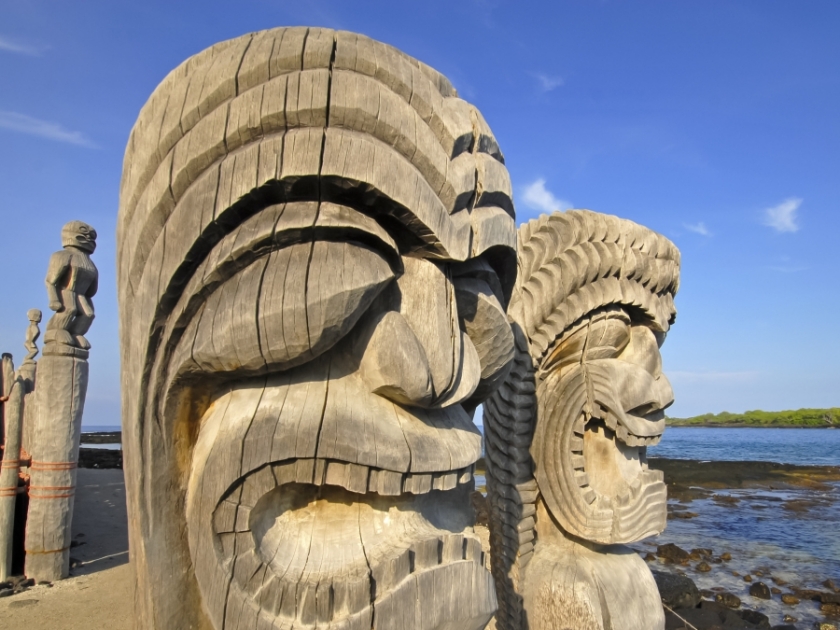
The kapu system was a foundational set of laws in ancient Hawaiian society, serving as a complex framework of taboos and decrees that governed daily life, religious practices, and social order. Meaning “forbidden” or “sacred” in Hawaiian, kapu delineated what was allowed and what was prohibited, significantly influencing everything from fishing and farming to societal interactions and religious ceremonies. Established by the ali’i (nobility) to maintain control and order, the system was integral to creating and upholding the hierarchies and roles within the community. Its components were deeply intertwined with the spiritual beliefs of the Hawaiians, emphasizing the sanctity of the land and the divine right of kings and priests.
Rules and Regulations Under Kapu
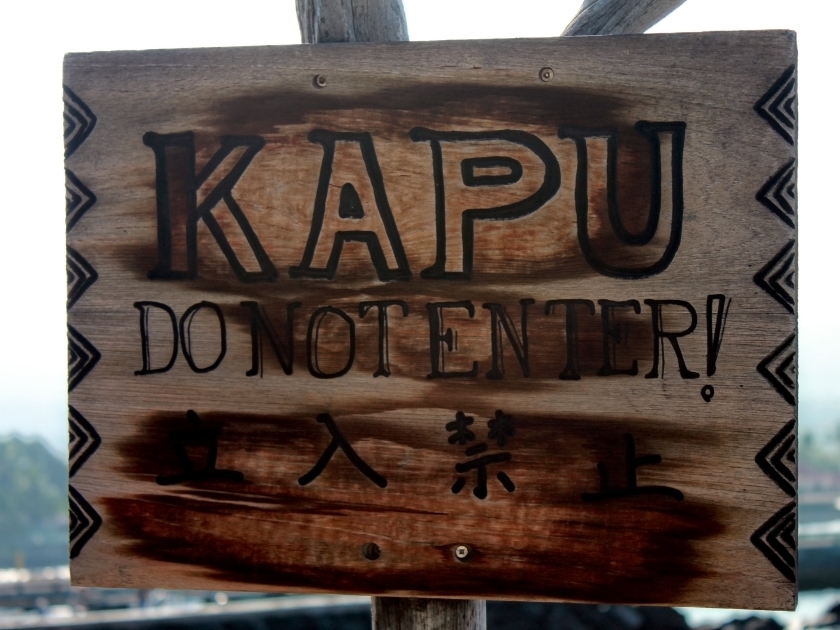
The kapu system in ancient Hawaii imposed a stringent set of laws that starkly differentiated the roles and privileges of commoners and nobility. Commoners were often restricted in their daily activities; for instance, certain types of fish and fruits were deemed exclusive to the ali’i, and areas for fishing and agriculture were sharply delineated by social rank. The system extended its reach into warfare, prescribing who could fight and the sacred rituals that must precede battle. Breaching these rules carried grave consequences, ranging from penalties such as fines or labor to severe punishments like death, all rigorously enforced by the ali’i and the kahuna (priests) to uphold social order and religious purity.
Learn More: Kapu! Things to NOT Do in Hawaii
Religious and Spiritual Significance
The kapu system was deeply rooted in Hawaiian spirituality, reflecting the sacred connections between the islanders and their deities. This ancient code governed not only social conduct but also religious observances, dictating the proper rituals for appeasing gods and ensuring spiritual balance. Key religious ceremonies, from planting to warfare, were conducted under strict kapu guidelines to honor gods like Lono and Ku. Sacred places such as heiaus (temples) and specific natural sites were under kapu to protect their sanctity from desecration, emphasizing their importance as residences of divine power and as essential spaces for spiritual communion.
Social Impact of Kapu
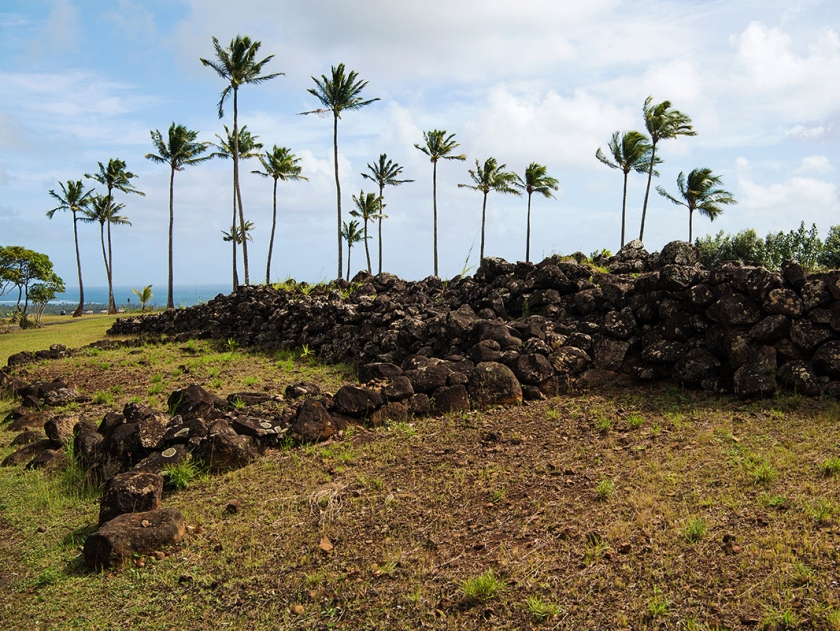
The kapu system was instrumental in shaping the social fabric of ancient Hawaiian society, reinforcing a rigid hierarchy where the ali’i and kahuna wielded substantial power. By dictating specific roles and behaviors for different social classes, kapu maintained order and ensured that each class performed its duties as required. The ali’i and kahuna not only created and enforced these rules but also acted as mediators between the gods and the people, further solidifying their authority. This system also deeply influenced gender roles, designating specific tasks and rituals for men and women that aligned with the spiritual and practical needs of the community. Daily activities, whether in farming, fishing, or festival observances, were all imbued with religious significance, demonstrating kapu’s pervasive influence on all aspects of life.
The Overthrow of the Kapu System
The kapu system was dramatically dismantled in the early 19th century, a pivotal shift initiated by King Kamehameha II and his mother, Queen Ka’ahumanu. Their decision to openly defy the kapu by sharing a meal of forbidden foods was both a symbolic and actual end to the system, reflecting changing attitudes and the influence of Western contact. This act in 1819, known as the ‘Ai Noa (free eating), directly challenged the religious and social order that had governed Hawaiian life for centuries. The immediate effects included a power vacuum and a period of social instability as traditional religious practices were abandoned. Long-term, the overthrow facilitated the spread of Christianity, transformed social structures, and ultimately led to significant cultural and political changes as Hawaii moved towards a more centralized monarchy and increased foreign influence.
Kapu in Modern Hawaiian Culture

In modern Hawaiian culture, elements of the ancient kapu system persist, subtly woven into the fabric of daily life and cultural practices. While the strict social and religious rules of kapu no longer govern the islands, its principles influence contemporary efforts to preserve and honor Hawaiian traditions. Cultural revival movements strive to resurrect and maintain practices such as sustainable land use and the preservation of sacred sites, reflecting kapu’s enduring legacy. Educational and cultural institutions play a crucial role in this process, offering programs that teach the Hawaiian language, traditional arts, and the historical significance of kapu, ensuring that the knowledge and respect for these ancient customs continue to enrich the identity of Hawaiians today.
Contemporary Challenges and Controversies
Contemporary Hawaii faces significant challenges and controversies related to land use and the preservation of sacred sites, issues deeply entwined with the historical principles of Kapu. Modern legal battles frequently center on the development versus conservation of land that many Native Hawaiians consider sacred under ancient Kapu laws. These disputes often highlight the tension between preserving Hawaiian cultural heritage and pursuing economic interests, such as tourism and urban development. Native Hawaiian perspectives, advocating for the respect and protection of sacred spaces, frequently clash with state policies and tourist industry goals, creating a complex dialogue about cultural rights, environmental stewardship, and economic growth in Hawaii today.
Frequently Asked Questions (FAQs)
‘Kapu’ in Hawaiian culture refers to the ancient system of laws and regulations that governed sacredness and the division between the sacred (kapu) and the common (noa).
The Kapu system deeply influenced daily life by dictating social behavior, religious practices, and even dietary restrictions, ensuring a structured society where everyone knew their roles.
Breaking a Kapu was considered a serious offense in ancient Hawaii, often resulting in severe punishments, including death, unless the violator found refuge in a city of refuge (pu’uhonua).
The Kapu system was officially abolished in 1819 by King Kamehameha II and his mother, Queen Ka’ahumanu, in an event known as the ‘Ai Noa,’ which means ‘free eating.’
Today, Kapu mainly plays a symbolic role in preserving and respecting Hawaiian traditions, sacred sites, and cultural heritage, reflecting the values and spirituality of the native Hawaiian community.
Yes, tourists can learn about Kapu by visiting historical sites, and museums, and participating in cultural events and workshops that educate them on the ancient customs and their significance in modern Hawaiian life.
Understand and Respect Hawaiian Heritage
The kapu system was a cornerstone of ancient Hawaiian society, shaping every aspect of life from daily routines to spiritual practices. Understanding and respecting kapu is essential for appreciating the full depth of Hawaiian heritage and identity. As we look forward, integrating kapu principles can play a crucial role in preserving Hawaii’s cultural landscape. We encourage everyone to deepen their understanding of these traditions by engaging with Hawaiian cultural events and exploring educational resources.


